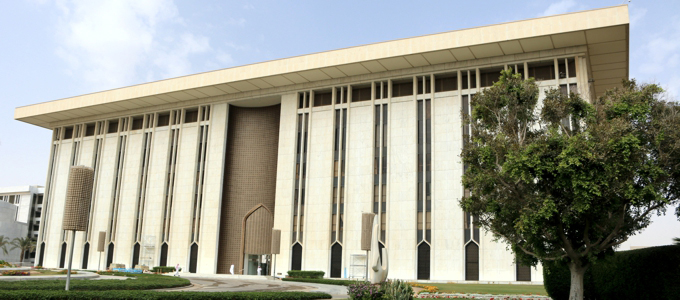Timeless curiosity to know everything about outer space has taken humankind from scratch to a new space era- ‘Space 4.0’. Since space has much influence on our daily lives, any innovation in the field catches our attention.
Before beginning first, let us have a look at the space timeline:
• Space 1.0 era is the elementary stage of astronomy.
• Space 2.0 saw rocket technology.
• Space 3.0 kept the presence of humans in space.
Space 4.0
Space 4.0 represents the progression of the space sector into a new period. In other words, Space 4.0 can be called the age of novel space applications which redesign the existing systems, identify opportunities, restructure space economies and explore new horizons to redefine and advance life in this universe.
Digital transformation, replacing the existing technology with newer digital technology fastens the process and makes tasks much easier. From the recognition of the need till the end of a space project, technology plays a crucial role. Let us check a few of them:
-
To conduct global space research : Possibilities to communicate with experts worldwide and the practicalities to handle and share a massive amount of data made possible through technological innovations. The studies equip engineers to work on faster and cost-effective next-generation technology. More than that, the studies show how space has become global and diverse.
-
To develop initial design: Computer-Aided Design software like 3D CAD and CATIA is used in aerospace programs. Complex single-piece parts, which were were difficult to make using traditional manufacturing processes, can be easily made and assembled. SpaceX (Space Exploration Technologies Corporation), an American aerospace manufacturer, uses Siemens NX software to handle space rockets parts. The software takes roughly 5-10 minutes to arrange all parts. Its ability to work with a wide range of parts during assembling makes the software unique.
-
Replacing the filing system: Project Cost Estimating Capability (PCEC) helps to develop cost estimates/models for space systems.
-
Augmented and virtual reality: Instead of looking at the data, the EDGE, a real-time 3D graphics rendering package based on the Dynamic On-board Ubiquitous Graphics provides a fusion of 3D graphics and simulation outputs. Such previously unimagined techniques add quality to the process. Space Environment Information System (SPENVIS) provides a web-based interface to assess the effects of the space environment on spacecraft systems. Using Siemens NX software, designers can observe the separation phase between the first and second stages of space rockets.
-
Analysis and tests to increase the efficiency of spacecraft design: It is easy to reduce the chances for errors by analyzing sophisticated patterns Centralised nature of the database and virtual prototypes. Finite element analysis software shows whether a product will work or break in real-world situations. This helps to make necessary changes. Also proper communication channels to collaborate with the team members save time and increases efficiency.
-
Reducing manufacturing and assembling costs: As per the records, Space X produces most of its segments in-house to reduce the production cost and achieve their targets.
-
In developing a new entrepreneurial spirit: Private sector was largely missing from space industry. However data revolution and emerging commercial possibilities attract more private players to take advantage of the new openings.
Conclusion
Even though digitalization is recognized as a major tool for space ventures, several companies across the world lack capabilities to adopt it. With the cooperation among public and private sectors and the support of industrial and technical field space 4.0 can find its path forward. Setting long-term goals and adopting the right technology at the right moment to easily and rapidly access space can bring incredible results for mankind.






Comments